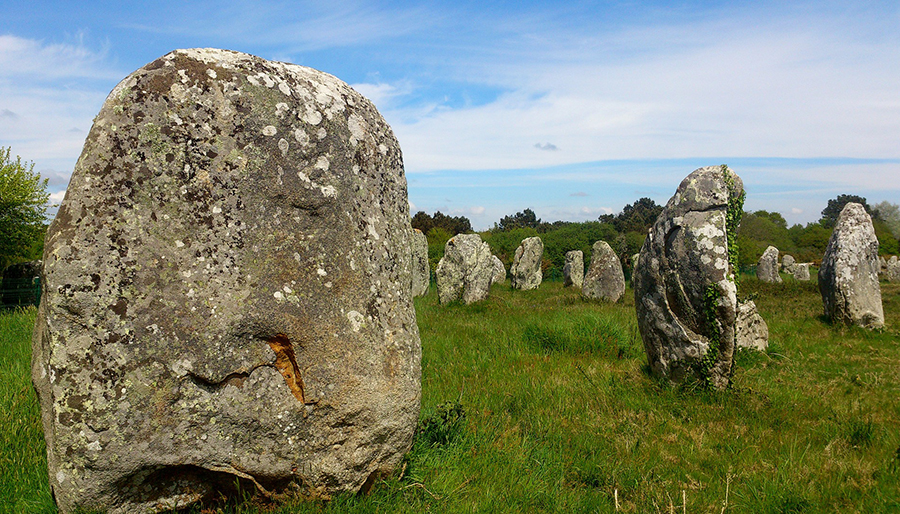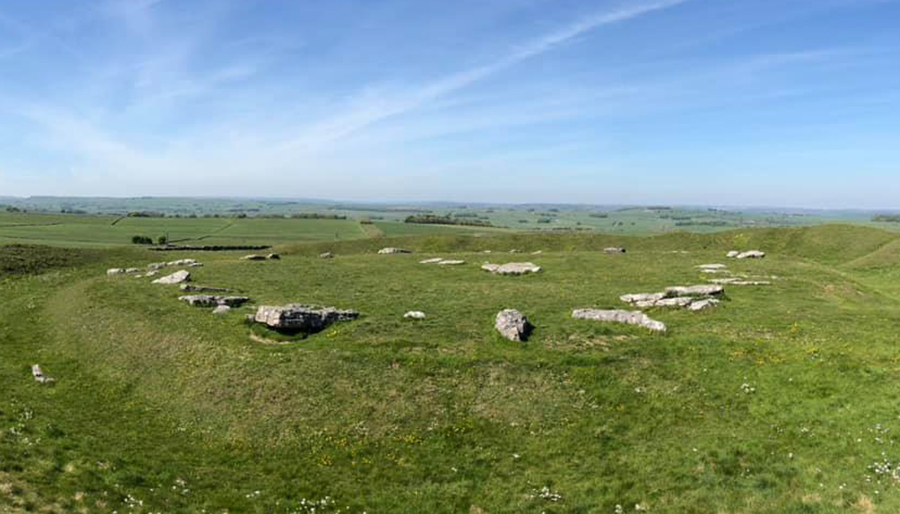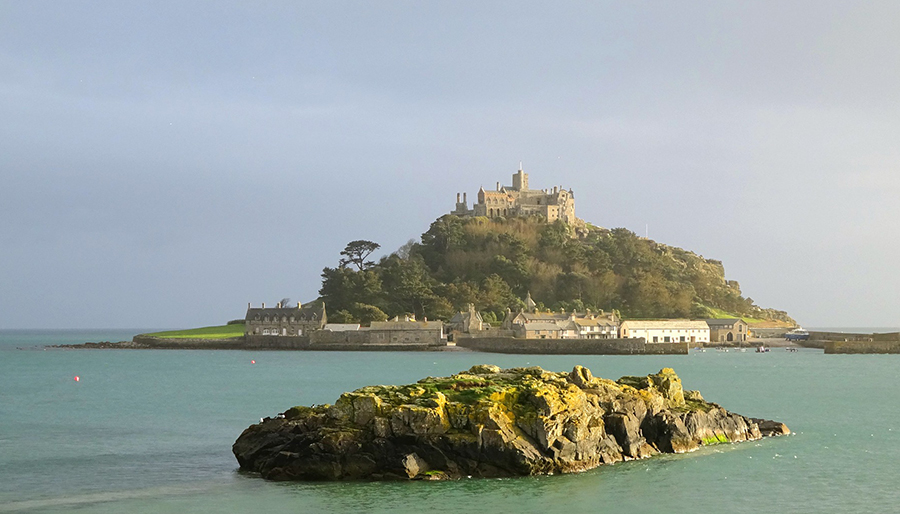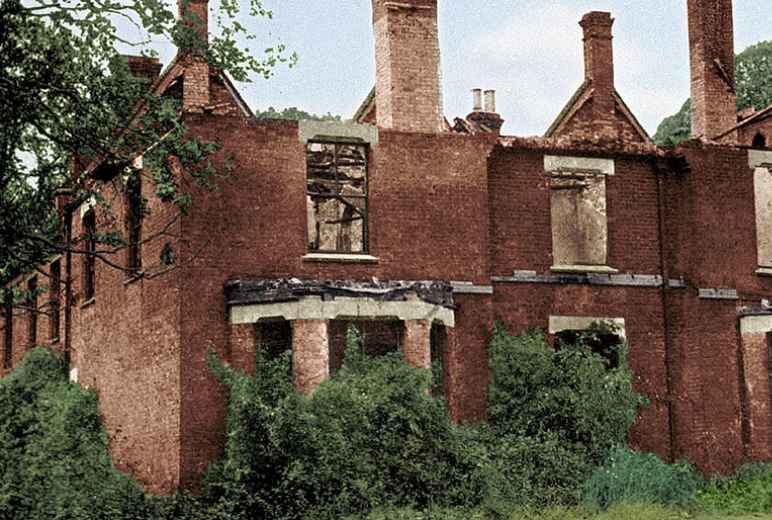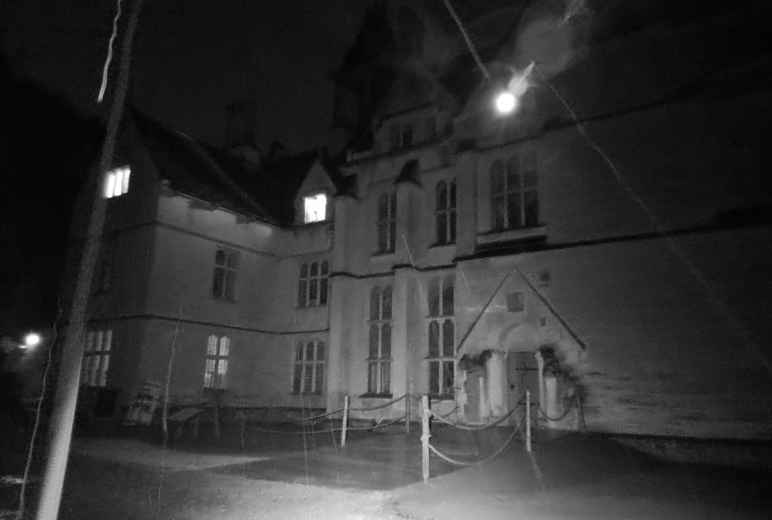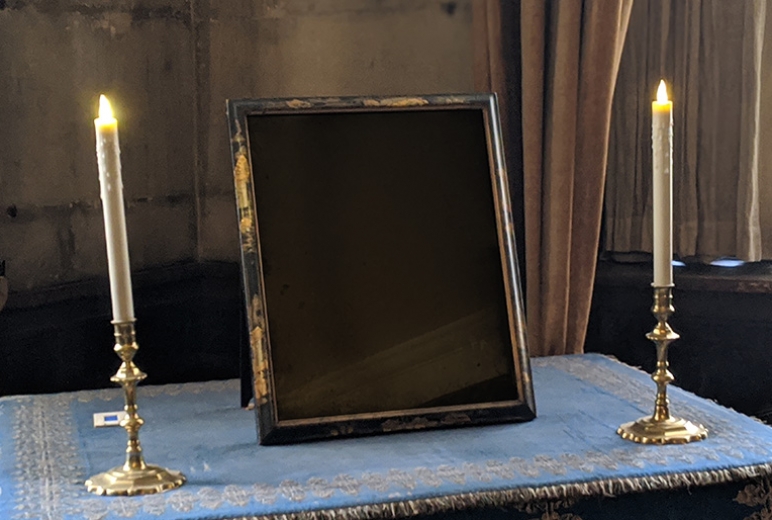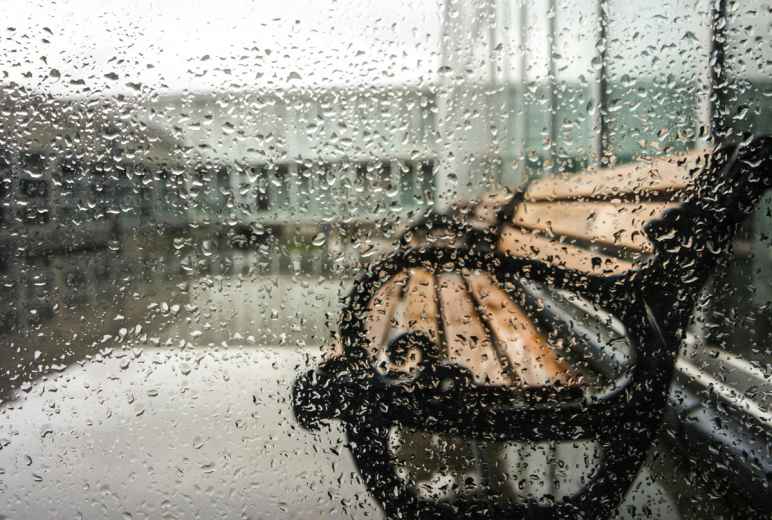Advertisement ‐ Content Continues Below.
The interactive map above show several lines across the British Isles which are generally accepted to be the paths of ley lines. There are countless smaller ley lines dotted around the UK, but so as not to over complicate the map, we're just showing major ley lines that have been supported by several sources. If you'd like to know more about British ley lines,
visit David Cowen's ley lines website, who over a 10 year period has followed over 3,000 miles of ley lines on foot.
A ley line is a completely straight line across the landscape that runs from one landmark of historic importance to another, and crosses through one or more similar landmarks along its route. It's often said that ley lines represent regions of earth energies and that is was no accident that these structures were built along the lines.
Whether ancient civilisations really knew about these lines is debatable, but the modern-day concept of ley lines comes from Alfred Watkins' book 'The Old Straight Track'. He wrote that let lines can be plotted between various historic structures and that these represented trade routes created by ancient British societies.
Ley lines start and end at prominent features and landmarks, these can be anything from a distinctively shaped high hill, a significant peak, churches, castles, or even the locations of ancient wells and worship sites. These are known as "terminal points" and can be highly visible landmarks through to sites where buildings or structures once stood.
The presence of a ley lines running nearby is said to cause an increase in
paranormal activity and buildings on ley lines are often said to be supernatural hotspots, especially those built at the sites where two ley lines cross or meet.
In recent years ley hunters have uncovered similar lines in North and South America, as well as China, Australia, the Middle East, India, and parts of Africa.
The ley lines marked on our map are those which are the most generally accepted, the best fits, the best known, and the longest. There's further details on the lines that feature in the map below.
Arbor Low is a stone circle which is known as the Temple of the Sun and is sometimes referred to as the Stonehenge of the North. It's situated roughly in the centre of the British Isles and is a place of earth energy that is crisscrossed with ley lines.
In the 1970s a group called the Dragon Project did some research here and found that at certain times of the year the stone seemed to be emanating ultrasound and electromagnetic signals.
Several of the
ley lines on our map radiate from Arbor Low heading out in every compass direction and terminate in the Holy Island in Northumberland, Whitton Island at the western end of the Humber Estuary, Skegness, Walberswick Beach on the east coast, Christchurch on the south coast, the River Erme in Devon, and Caernarfon castle in north wales.
Two lines also stretch from Arbor Low to Ireland. One ending on Sheep Island and the Aughinish peninsula in County Limerick, Ireland.
One of the longest ley lines in the country and probably the best known is St. Michael's ley line. It spans 364 miles from east to west, covering the length of Cornwall, through Devon and parts of Wiltshire and ending at the eastern tip of Norfolk on the border with Suffolk.
The
ley line passes through or close to several well known historic and prehistoric landmarks, including Glastonbury Tor and Avebury.
Tom Scott explains the theory behind ley lines during a trip to Avebury henge, in Wiltshire on the day of the winter solstice. The stones are said to be the centre of a swirl of energy highways, ley lines as they're known.
The stone circle at Avebury is basically Stonehenge's lesser known cousin. The whole site is enormous, it's many times the size of Stonehenge. Enourmous earthworks, three stone circles.
